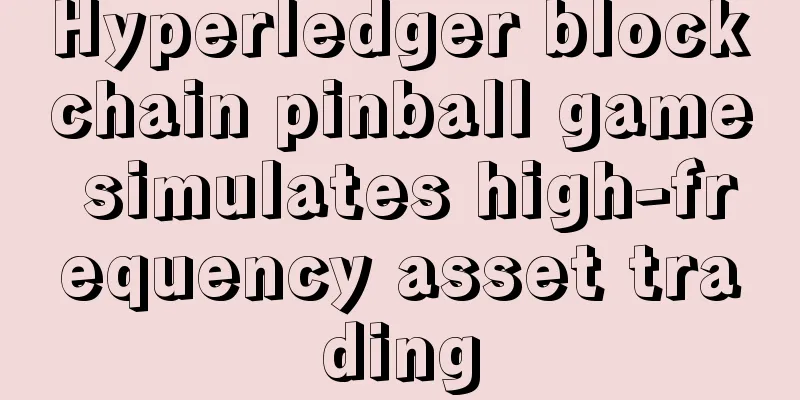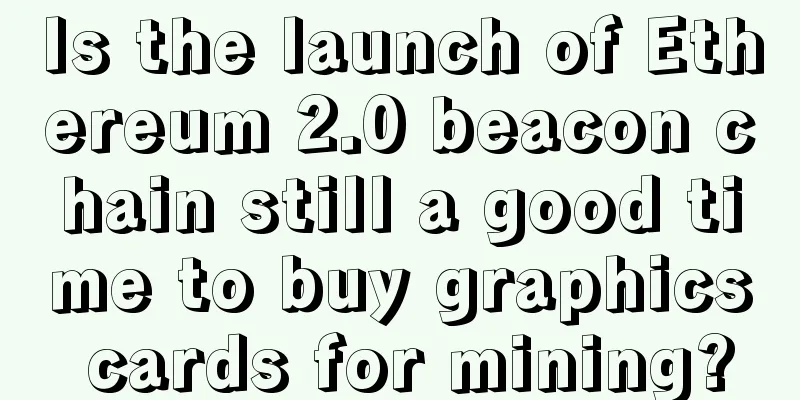Hyperledger blockchain pinball game simulates high-frequency asset trading

|
Last week, a group of dozens of global financial institutions and blockchain startups played a friendly game of pinball online. Of course, this is no ordinary game of virtual marbles; these marbles were created using an early version of the Fabric blockchain platform, part of the Hyperledger project. It is reported that the participants in this game include London Stock Exchange Group, IBM, Skuchain, Everledger and Loyyal, in addition to some other companies that refused to disclose their identities. Once the digital assets were distributed, participants were able to use the Fabric platform to move the marbles from one account to another through a drag-and-drop process, which one participant jokingly called the blockchain version of a “hot potato.” This is a milestone for the Hyperledger project, the next step in the business blockchain consortium’s plan to create a practical distributed ledger platform that can handle different types of assets and any number of them.
“Yes,” replied Gari Singh, a senior engineer at IBM and chief technology officer of its blockchain division. John Wolpert, IBM’s global blockchain lead, commented:
Pinball gameThe "marble app" test was conducted at 10 a.m. ET on Friday and marks a major milestone for the Hyperledger project, which marks exactly one year since the commercial blockchain project was launched. Initially, the Fabric platform’s code was contributed by IBM and Digital Asset Holdings (DAH), but its code base has changed significantly over the past year, with more than 100 developers from the Hyperledger ecosystem continuing to contribute to the project. Unlike the open Bitcoin network, which any participant can access or participate in, Hyperledger’s Fabric is a closed system, meaning that only qualified participants can use it to construct transactions. To join the blockchain pinball game, participants need to create an account via email. Once created, a private key, equivalent to a membership card, will be sent to each recipient's email address, and then participants can download the necessary software. “That’s pretty cool,” one participant said after a script was executed and a series of virtual marble containers appeared. “Very cool,” another voice echoed. After the user logs in, the rules of the game are very simple. Participants can create and trade assets between each other. However, they cannot trade assets owned by anyone else. And what follows is a virtual war asset game. Companies can then begin playing this digital game of hot potato before being alerted to attempting an “illegal action” (which would be prevented by the terms of the smart contract). A “show mode” is also available, which displays the transaction structure in a real-time animation. During the game, team members randomly moved marbles from their own accounts to other people's accounts. This led to the next (and perhaps most critical) stage of testing. “Let’s try to break it,” one of the participants mentioned. My heart is in my throatA melee ensued, and that’s exactly what they were doing. A yellow marble was successfully transferred from one account to an account controlled by Alasdair Blackwell, chief technology officer of blockchain startup Everledger, but it was not successfully displayed. Soon, complaints began to emerge. Every other participant saw the little yellow circle appear in Everledger’s bag of digital marbles, but Blackwell’s own account failed to show the asset. If the marble had represented a share of stock in a company or a diamond fresh from Catoca, Angola, it would have been lost forever.
One of the participants described it as a rocket blowing up one of the SpaceX landing pads. Participants hoped that this was part of the learning curve for Hyperledger and that Blackwell had no choice but to reboot his computer. Blackwell's marbles did appear for the other participants, but it is not known what went wrong. After the demonstration, IBM's Wolpert commented:
Blackwell was more positive, saying:
Looking aheadAfter the virtual marbles game is over, Hyperledger members will spend the next few weeks analyzing the results of the test. In an interview with Coindesk, Jerry Cuomo, vice president of blockchain technology at IBM, compared the test to the early days of the internet. After the demonstration, Cuomo said he believed the simple demonstration showed the technology had the potential to be applied to a wide range of assets. Ultimately, he added, the purpose of this test is to allow stakeholders to actually operate the technology. Cuomo concluded:
|
>>: The Evolution of Blockchain Core Technology - Evolution of Consensus Mechanism (1)
Recommend
People with this kind of palmistry are either rich or noble
In fact, our palm lines can invisibly reveal info...
Why Ethereum 2.0 will be the biggest HODL incentive for ETH investors
As the Ethereum "merger" is getting clo...
What does the Ethereum Ropsten testnet merge mean?
On June 8, the Ethereum Ropsten testnet completed...
What does the island pattern on the fate line mean?
Island pattern is a rare pattern and one of many ...
Why don't I have a career?
What should I do if there is no career line on my...
Which women are passionate based on their facial features and mouth shapes?
From the perspective of physiognomy, the mouth co...
Coin Zone Trends: Bitcoin Price Trends Based on Big Data This Week (2017-06-08)
The bull market pattern has not changed and short...
Distributed Roundtable Episode 2: Tianru CEO Yang Ming talks about Filecoin mining
When talking about Filecoin , one thing that cann...
Analysis of moles on the outer sides of the left and right calves
Traditional physiognomy covers a wide range, among...
11 signs that Bitcoin could make a comeback and return to $14,000
On April 28, Tom Lee, a long-term bullish Bitcoin...
Is it good for a man to have a mole on his left cheek? What does a mole on a man’s left cheek mean?
Moles in different positions have different meani...
Analysis of short chin: Introduction to women's short chin
Today's aesthetic standards are oval face and...
What’s next for Filecoin: economic model discussion?
"After much anticipation, the lute is still ...
What does a man's broken palm mean?
There are many special palm lines, among which th...
The palm of your hand will have billions of wealth
The palm of your hand will have billions of wealt...









